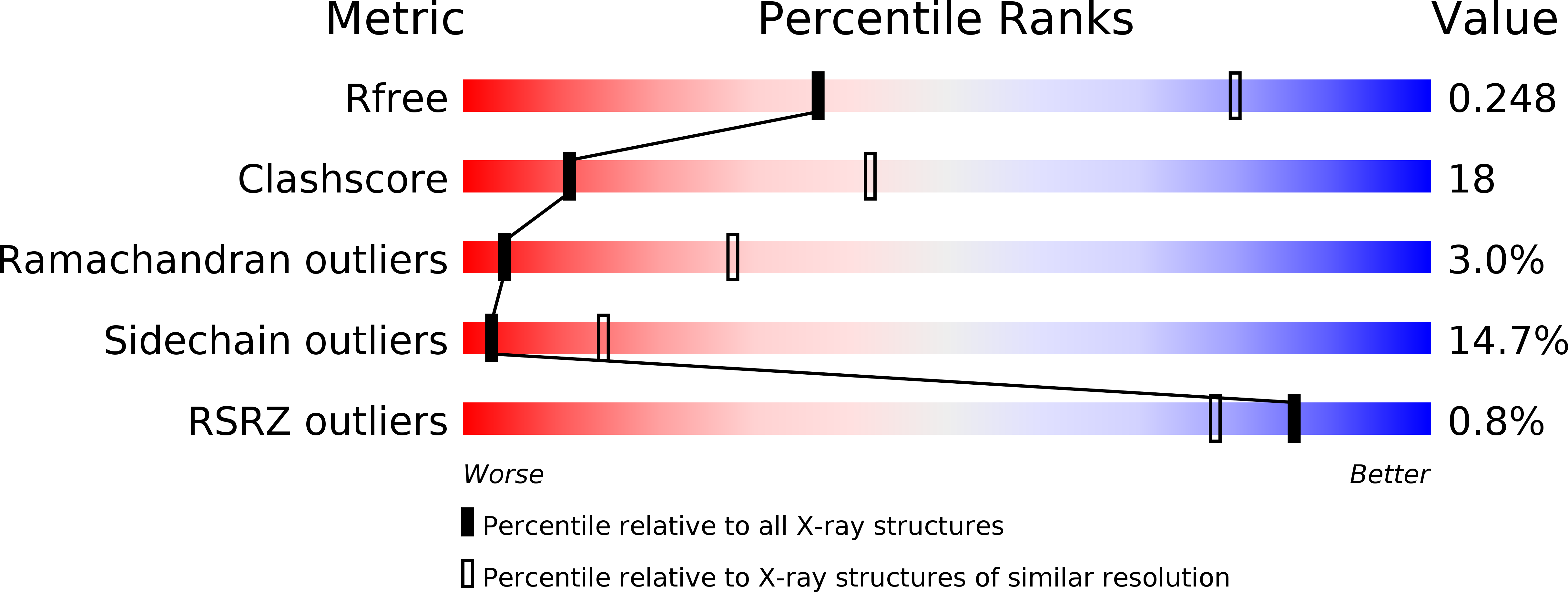
Deposition Date
2007-12-05
Release Date
2008-02-19
Last Version Date
2024-03-13
Entry Detail
PDB ID:
3BK6
Keywords:
Title:
Crystal structure of a core domain of stomatin from Pyrococcus horikoshii
Biological Source:
Source Organism:
Pyrococcus horikoshii (Taxon ID: 53953)
Host Organism:
Method Details:
Experimental Method:
Resolution:
3.20 Å
R-Value Free:
0.26
R-Value Work:
0.19
R-Value Observed:
0.20
Space Group:
C 1 2 1


